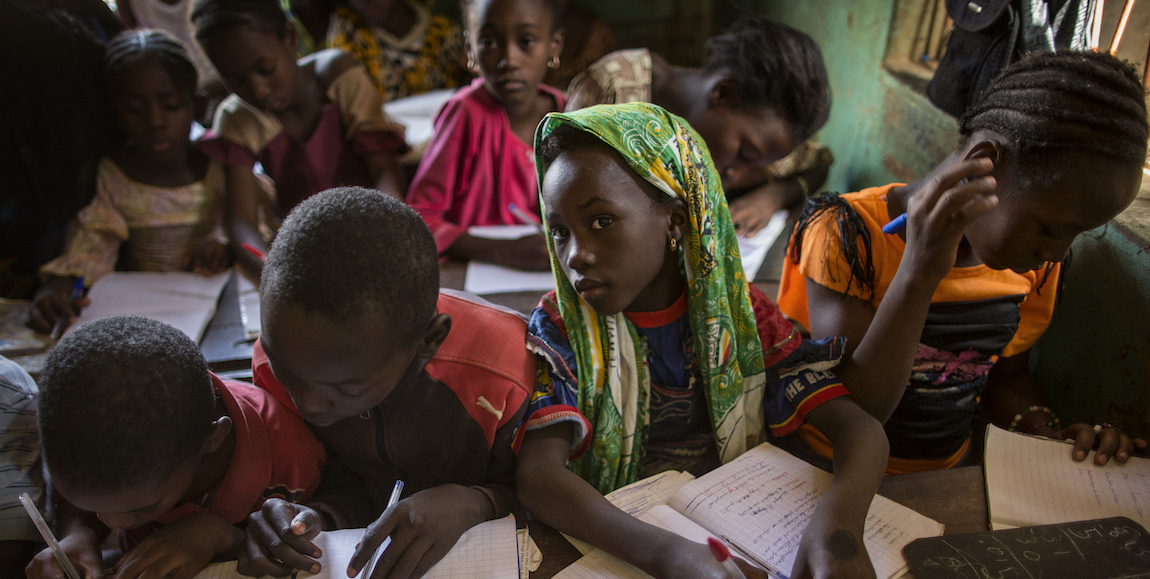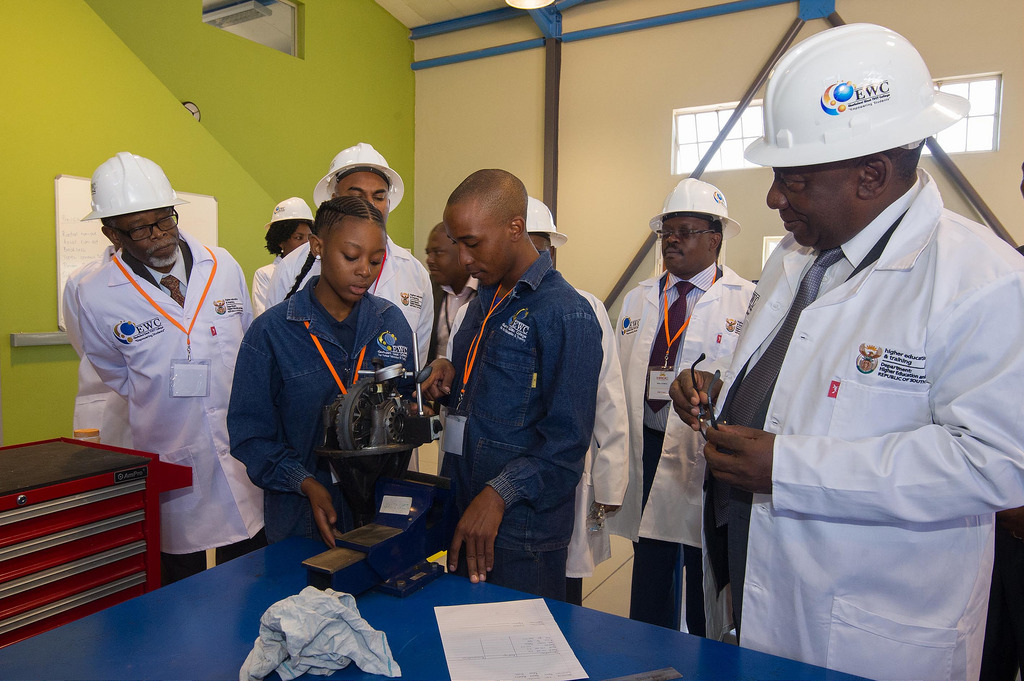It’s well established that when children have access to high quality early childhood development (ECD), they are more likely to break the cycle of poverty. Yet in South Africa, only one in five children under the age of six is enrolled in preschool.
This week, experts from 20 countries attended a five-day workshop in Maputo to discuss challenges to and solutions for improving early childhood development (ECD) in Africa.
Unicef’s Mozambique representative Marcoluigi Corsi said children who develop fundamental learning and cognitive skills early in life make better learners. “Evidence shows that children who have experienced … pre-primary education stay longer in school and attain better school results. This is why if you want to improve the results of the learners, it’s fundamental to give the opportunity to a greater number of children.”
But ECD requires investment and intervention that goes beyond just pre-primary education. “We want to be thinking about what happens even before the child enters pre-primary education,” said Dr Pablo Stansbery, Unicef’s regional ECD expert.
According to a 2016 report published by the Lancet medical journal, over 250 million children globally fail to reach their full developmental potential; the majority of these children live in sub-Saharan Africa.
Stansbery called for a greater emphasis on providing “nurturing care” to children. “Historically when we look at ECD, we think only of the child. But the young child lives with a family, within a community, within a political framework. We need to make sure that that role of the parent, the caregiver, provides the type of care that will help that child reach her full potential,” he said.
Stansbery said research shows that exposure to multiple risk factors results in poor child development. “It may not be just because you’re HIV positive, but it’s HIV positive, bad nutrition, perhaps single parent, perhaps no access to healthcare,” he said. All of these challenges together mean the child faces what Stansbery calls “an accumulation of adversity”. Stansbury said over 60% of children in sub-Saharan Africa face accumulated adversity.
Development in childhood is incredibly important for the future of not only the child but the nation itself. Economist and Nobel Prize laureate James Heckman has written extensively on how investing in children at pre-school age and earlier yields returns for governments and society as a whole.
Stansbery said that in addition to investing in a child’s numeracy and literacy, there should also be a focus on social learning and social emotional development. To address the multitude of risks that children face, preschools should offer convergent solutions. Offering healthcare services like vaccinations and growth monitoring, or distributing antiretrovirals would be both convenient and cost effective.
“It’s easier for the family and it’s cheaper for the government because they don’t have to have five different places of implementation; they can do it in one. All of this could be happening at the same place only if we design it and think together,” he said.









